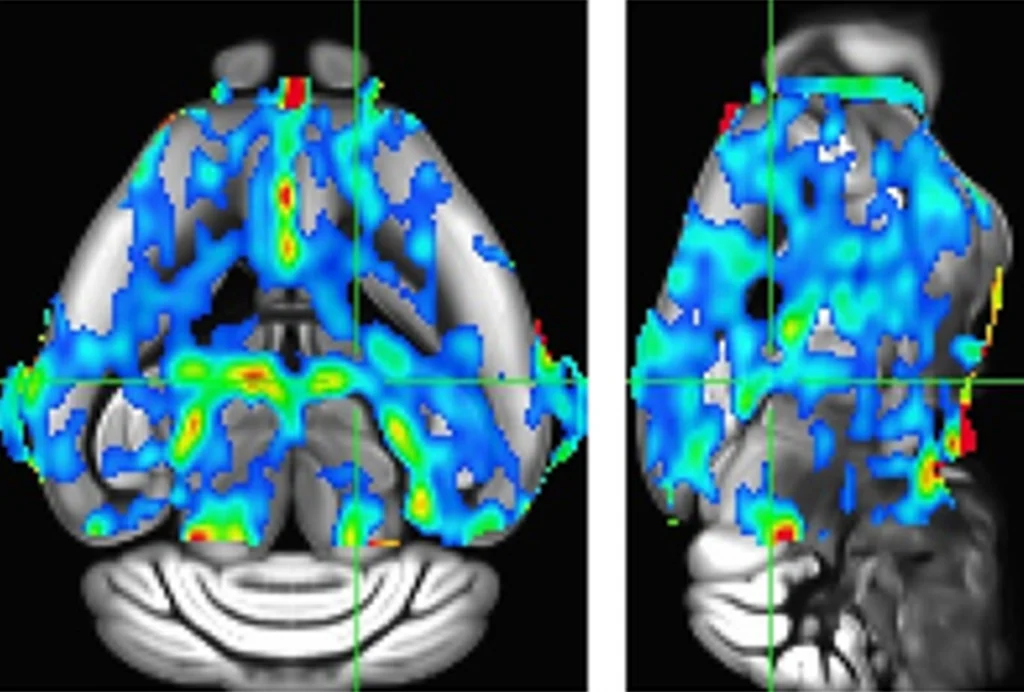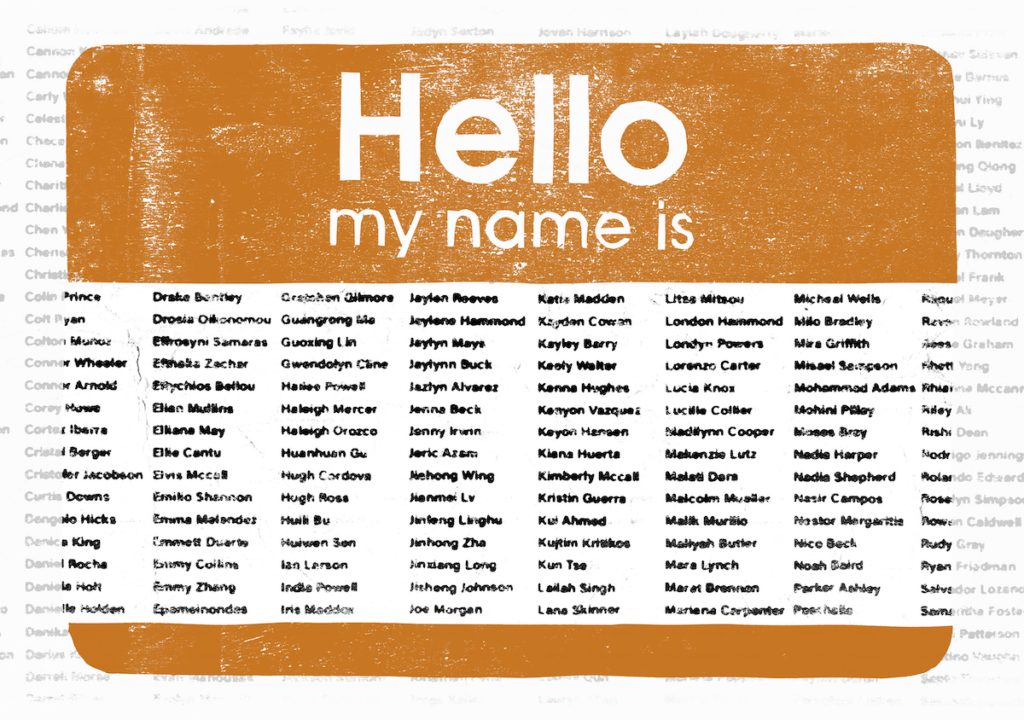Face to face
When you look at someoneʼs face, scientists say, you look first at their eyes, then their nose or mouth. In contrast, eye-tracking experiments have shown that people with autism rely more on the mouth and less on the eyes to interpret emotions.

8f2980a8-34f1-f1e4-0df3-c73a71fe1c9e.jpg
When you look at someoneʼs face, scientists say, you look first at their eyes, then their nose or mouth. In contrast, eye-tracking experiments have shown that people with autism rely more on the mouth and less on the eyes to interpret emotions.
But itʼs not as simple as all that.
Which part of the face you look at first also has something to do with where youʼre from.
Apparently, itʼs only Westerners who look at the eyes first and then at the mouth. People from East Asia instead look at a central point in a face, like the nose, which allows them to take in a lot of information all at once, according to research published earlier this month in PLoS One.
British psychologists tracked the eye movements of 15 Caucasian students and 14 East Asian ― eight Chinese and six Japanese ― students and found that although their eye movements were different, both groups were equally accurate at recognizing faces and at classifying them as East Asian or Caucasian.
The researchers say that the cultural differences in East and West account for the results: direct eye contact may be considered rude in these cultures, for example; and East Asian cultures value society and the whole above the individual.
Explore more from The Transmitter

How inbreeding almost tanked an up-and-coming model of Alzheimer’s disease

